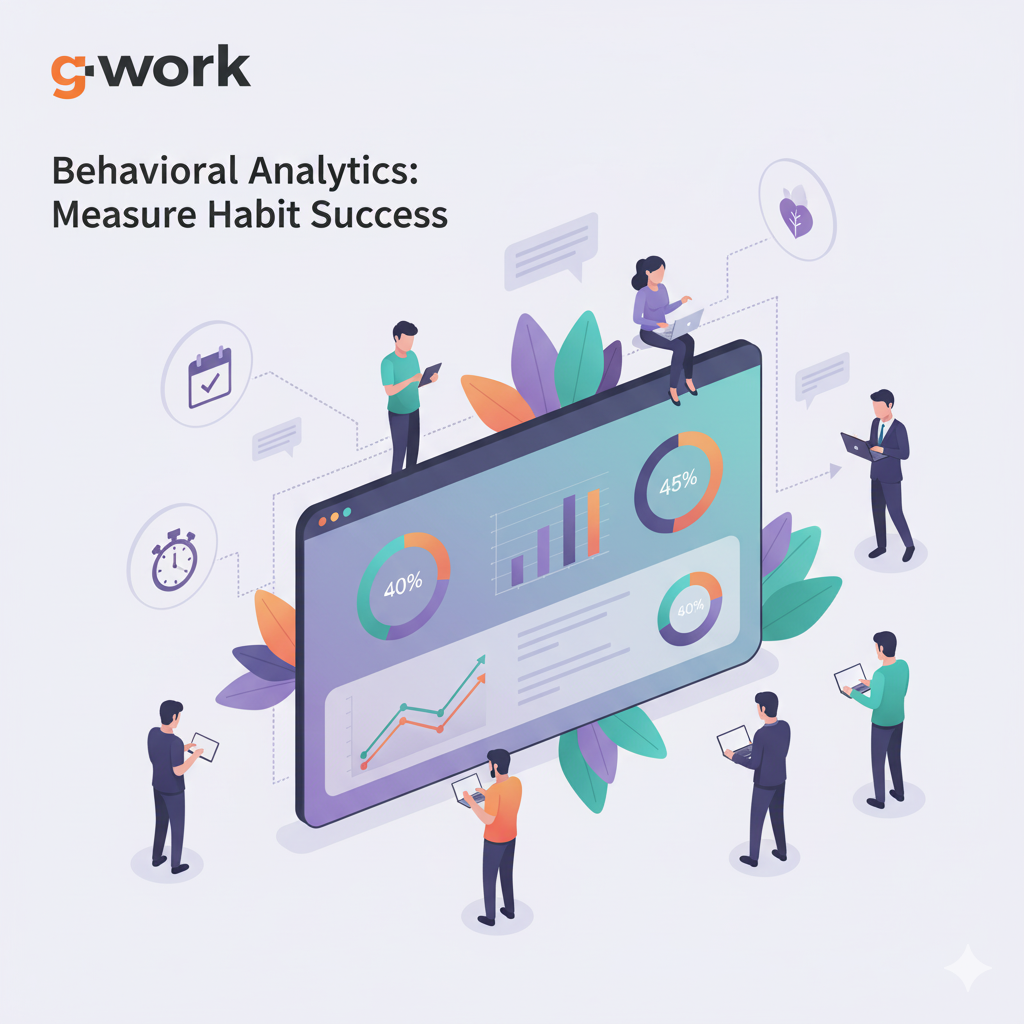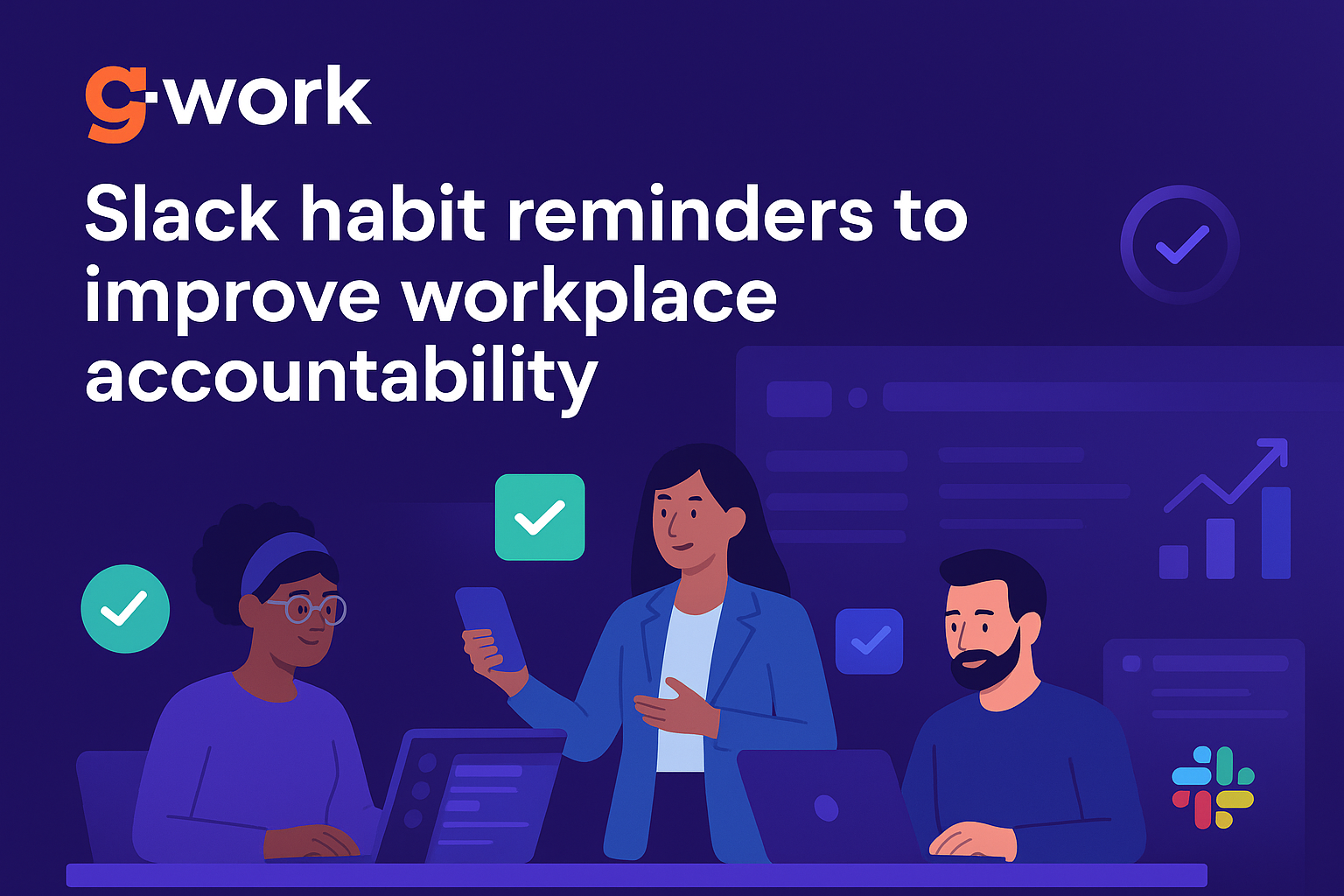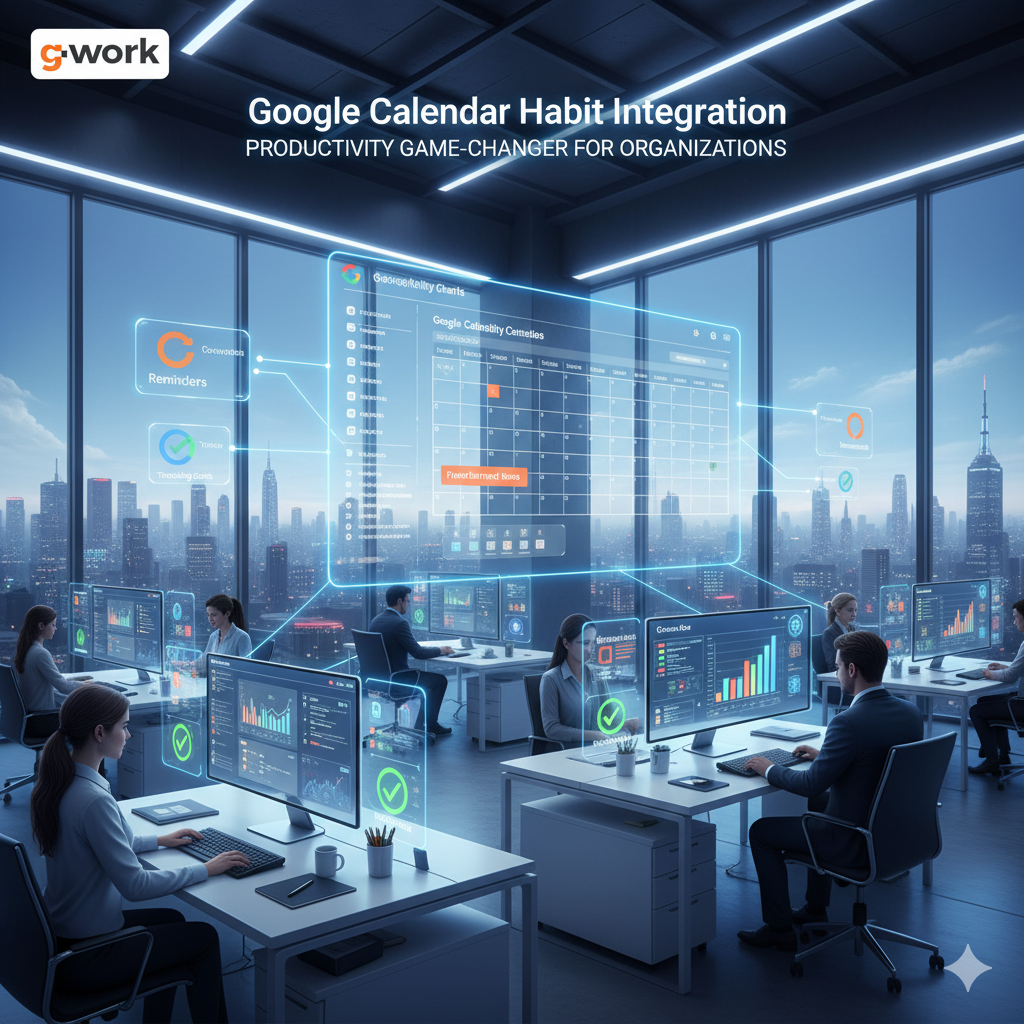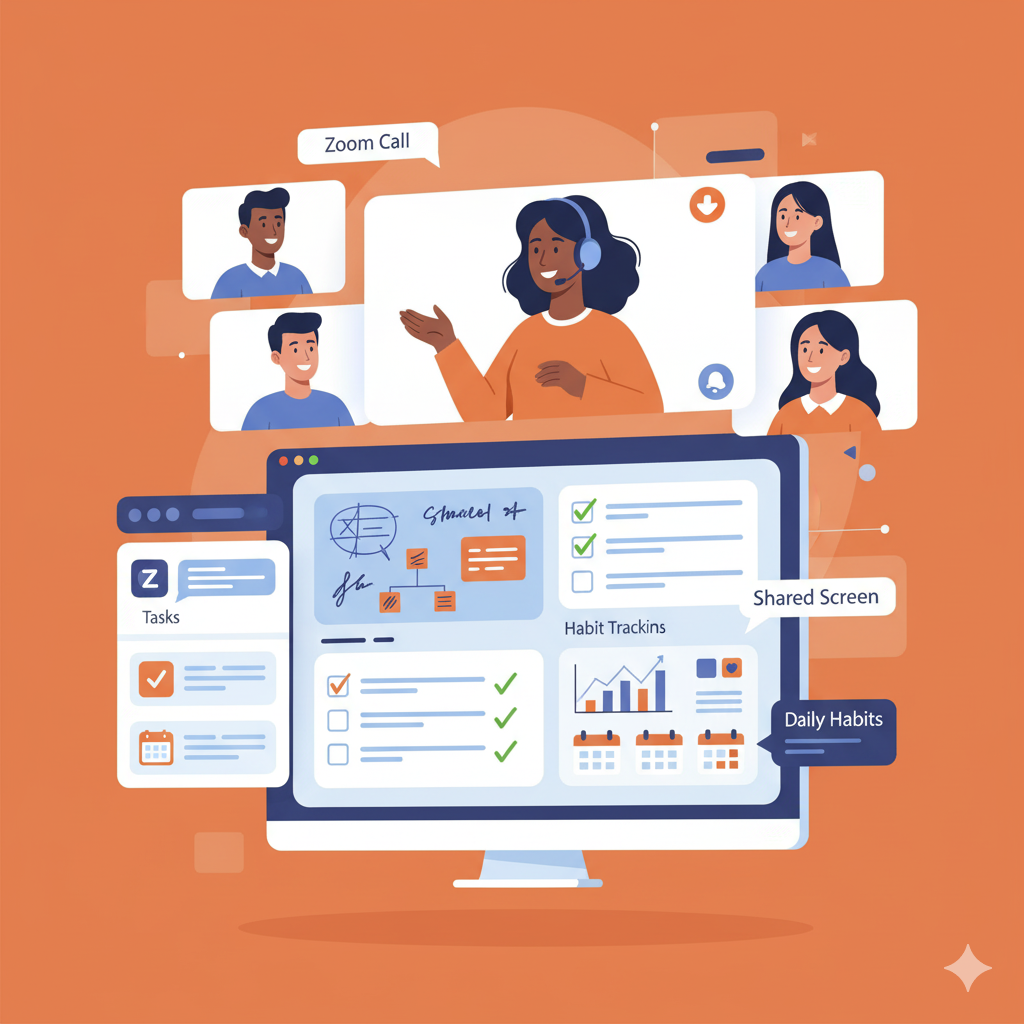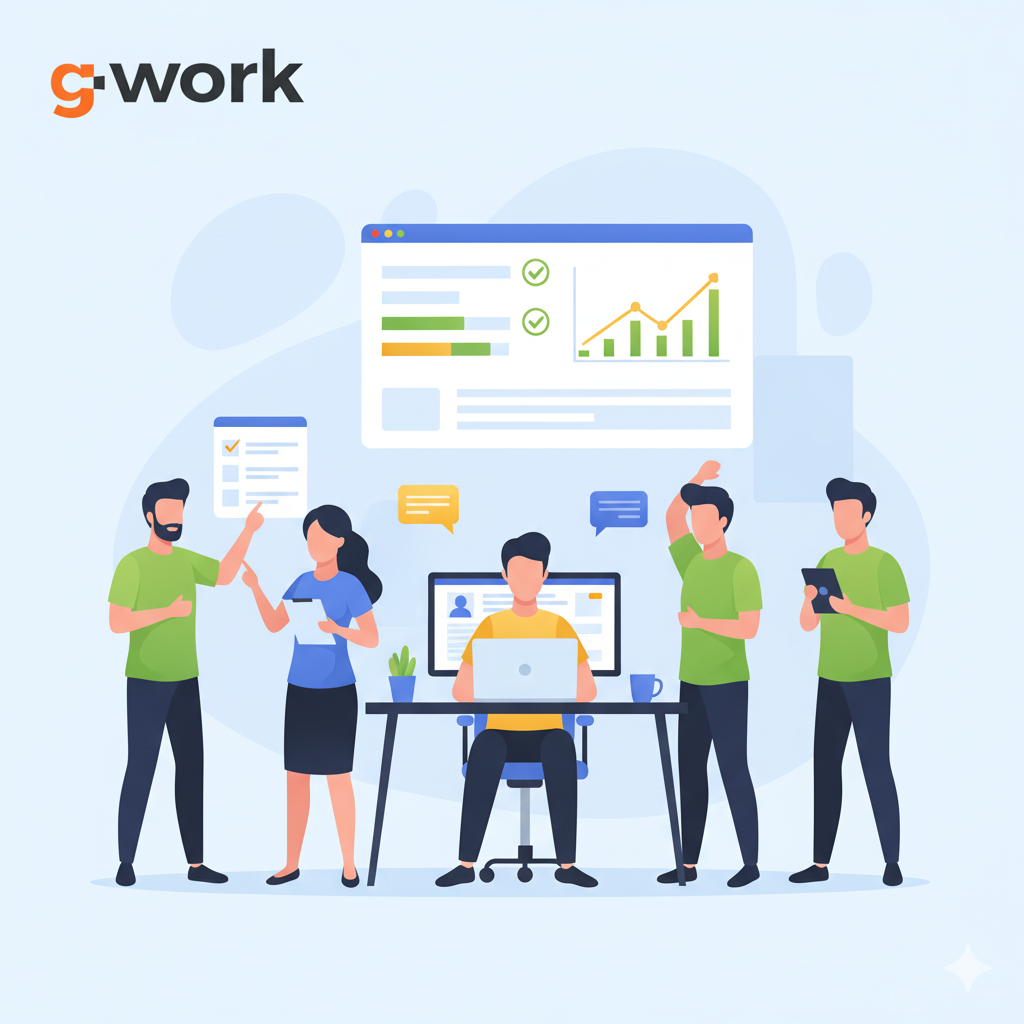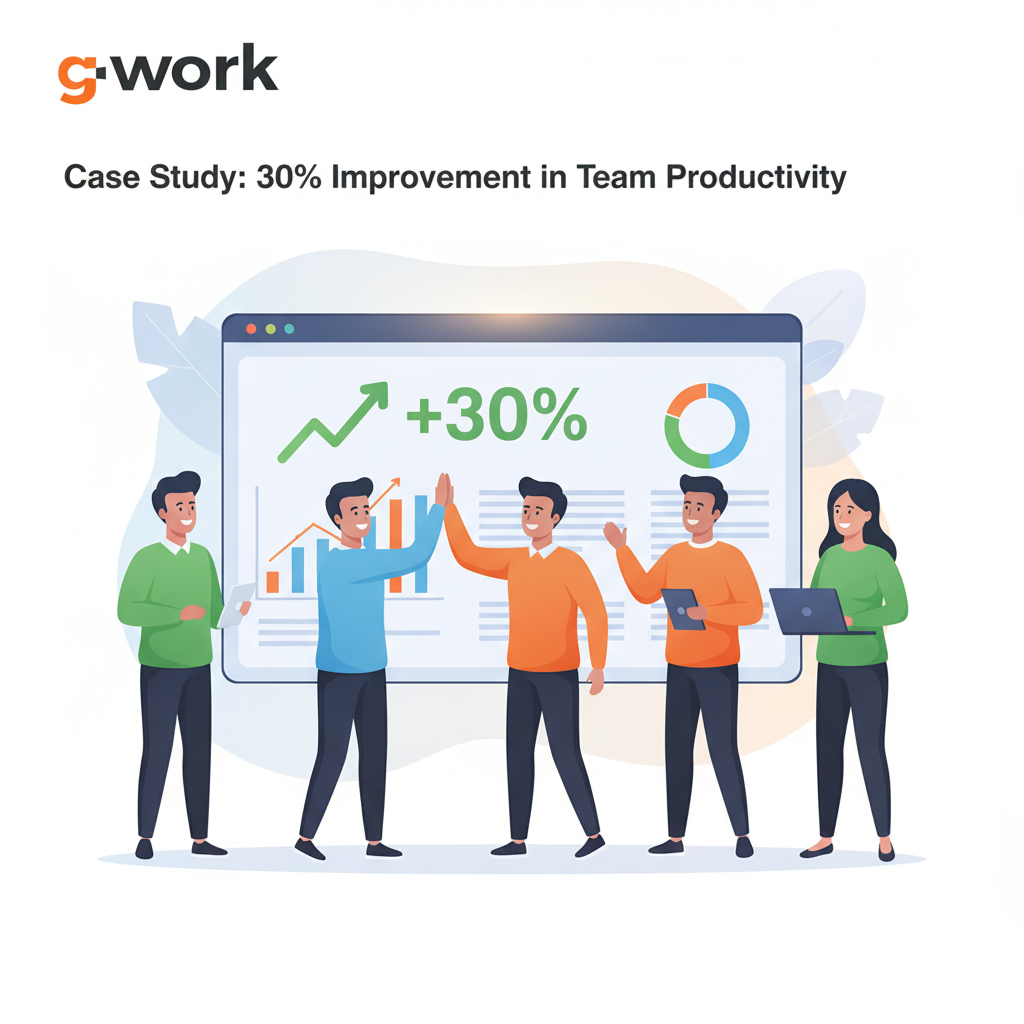The struggle to make it a lifelong habit is one of the problems that are encountered by numerous individuals, both at work and in personal life. Positive habits among employees at workplaces can have a great influence on productivity, engagement, and success in the workplace. But consistency cannot be reached by reminders or inspirational speeches alone, but by comprehending the behavioral patterns and using data to drive an action. Here is where behavioral analytics comes in as a game-changer.
Behavioral analytics refers to the process of gathering, analyzing and interpreting user behavior information in order to reveal trends, forecast results and to streamline the process. Within a work environment, it enables organizations to monitor the habits of their employees, gauge performance, and carry out data-driven initiatives which lead to a culture of improvement.
This is a comprehensive guide where we discuss what is meant by behavioral analytics, the tools involved, the importance of habit tracking, and how organizations can use platforms such as GWork to achieve quantifiable success.
What Is Behavioral Analytics?
Behavioral analytics can be understood as a process of observing user actions in order to determine patterns that can be used to predict behavior. It is not about mere data gathering; it is concerned with the manner and reasons why people behave in a particular manner. This benefits organisations by providing information about employee performance, engagement and efficiency of the workflow.
Behavioral analytics does not deal with digital behavior alone. At the workplace, it is able to monitor how employees relate with systems, undertake and form habits. This information can subsequently be utilized in order to streamline operations, enhance productivity and overall job satisfaction.

Key Objectives of Behavioral Analytics
- Understand Behavior Patterns
By analyzing repeated actions, organizations can identify which behaviors contribute to success and which hinder performance. - Predict Future Outcomes
Historical data can indicate trends, helping managers anticipate challenges or opportunities before they arise. - Enhance Decision-Making
Behavioral insights allow organizations to make informed, data-driven decisions rather than relying on intuition. - Boost Employee Engagement
By understanding habits, companies can provide personalized support, nudges, and incentives that encourage positive routines.
Why Behavioral Analytics Matters in the Workplace
The use of data-driven insights is no longer discretionary in the contemporary organizations; it is obligatory. Behavioral analytics offer useful insights in the workplace that enable leaders to observe the behaviors of employees, coordinate their objectives and productivity. Among the particular advantages, there are:
- Better Management of tasks: Learning about the manner in which employees accomplish tasks allows managers to streamline their work procedures in order to eliminate inefficiencies.
- Improved Employee Engagement: Monitoring behavior allows development of specific engagement programs.
- Data-Driven Coaching: One-on-One coaching is more efficient with the grounding in real-patterns of behavior.
- Performance Optimization: An understanding of habits and routines can inform training programs, recognition strategies and process improvement.
Behavioral analytics provides the organizations with the instruments to gauge success outside more conventional measurement instruments such as output or attendance. In their pursuit of a culture of continuous improvement, companies can work on the behaviors that lead to results.
Behavioral Analytics Tools
In order to successfully utilize behavioral analytics, organizations make use of special tools. These behavioral analytics products gather, systematize and visualize data to uncover actionable insights. Here are some common types:
1. Session Replays
Session Replays will enable managers to look at the interactions of employees in digital platforms or internal systems. The tool will give a close-up view of how the users are operating, allowing to recognize areas of friction or ineffective work processes or even gaps in training.
2. Heatmaps
The heatmaps also visualize the regions where the users pay the most attention. Within a workplace, it can bring into focus features that are commonly used in software, documents that are most accessed or ones that employees end up wasting too much time.
3. A/B Testing
A/B testing involves a comparison of the variants of which one is better. As an example, the managers will be able to experiment with various approaches to task management, communication strategy, or workflow design to determine which one is more efficient.
4. Analytics Dashboards
Dashboards bring together a number of sources of data and display trends and important metrics together. This enables the leaders to keep a closer eye on the employee performance indicators, and to identify trends on the habits or the level of engagement.
5. Predictive Analytics
Predictive analytics uses past behavioral data and can be used to predict trends in the future. This assists organizations to predict likely productivity issues, to detect high potential employees, and to proactively plan interventions.
Benefits of Using Behavioral Analytics Tools:
- Provides data-driven insights into employee behavior
- Enhances habit tracking and goal-setting
- Improves decision-making with real-time analytics
- Identifies bottlenecks and inefficiencies in workflows
By leveraging the right tools, organizations can translate raw data into meaningful actions that promote habit success and sustained growth.
Habit Tracking in the Workplace
One of the most practical applications of behavioral analytics is habit tracking. By monitoring routines and behaviors, organizations can identify habits that correlate with higher performance and address those that hinder productivity.
Why Habit Tracking Matters
- Boosts Productivity
Tracking habits helps employees focus on actions that contribute to organizational goals. - Encourages Accountability
Employees who monitor their routines are more likely to stay consistent and meet deadlines. - Supports Continuous Improvement
Habit tracking highlights areas for personal and professional growth. - Aligns Individual and Organizational Goals
Monitoring habits ensures employees’ daily routines contribute to larger business objectives.
How to Track Habits Effectively
- Set Clear Metrics: Define what behaviors you want to track and why.
- Use Behavioral Analytics Tools: Employ dashboards and analytics platforms to collect accurate data.
- Provide Feedback: Share insights with employees regularly to guide improvements.
- Incorporate Recognition and Rewards: Positive reinforcement encourages consistency.
Habit tracking is not just about monitoring—it’s about creating an environment where employees feel supported and motivated to develop productive routines.
How GWork Helps Measure Habit Success
The GWork is an all-encompassing solution which incorporates behavioral analytics so that the organizations can enhance the formation of habits, employee performance, and overall effectiveness at the workplace. It integrates habit-tracking, performance-measures, and personalized insights to develop actionable plans to success.
Key Features of GWork
- Daily Habit Tracking
Routines and activities can be logged by employees, and the managers can track employee progress and give advice where necessary.
- Performance Analytics
GWork monitors employee performance indicators to determine high performers, possible bottlenecks and improvement areas.
- Personalized Insights
The site offers customized suggestions on user behavior patterns, which assist the staff to formulate habits that fulfill the organizational objectives.
- Gamification and Nudges
GWork rewards their users, prompts them, and gives them motivation to stick with the habits, which makes forming a habit more pleasant.
- Comprehensive Reporting
The managers are given thorough analytics of team behavior, workflow efficiency, and trends of habits adoption, which allows them to make informed decisions.
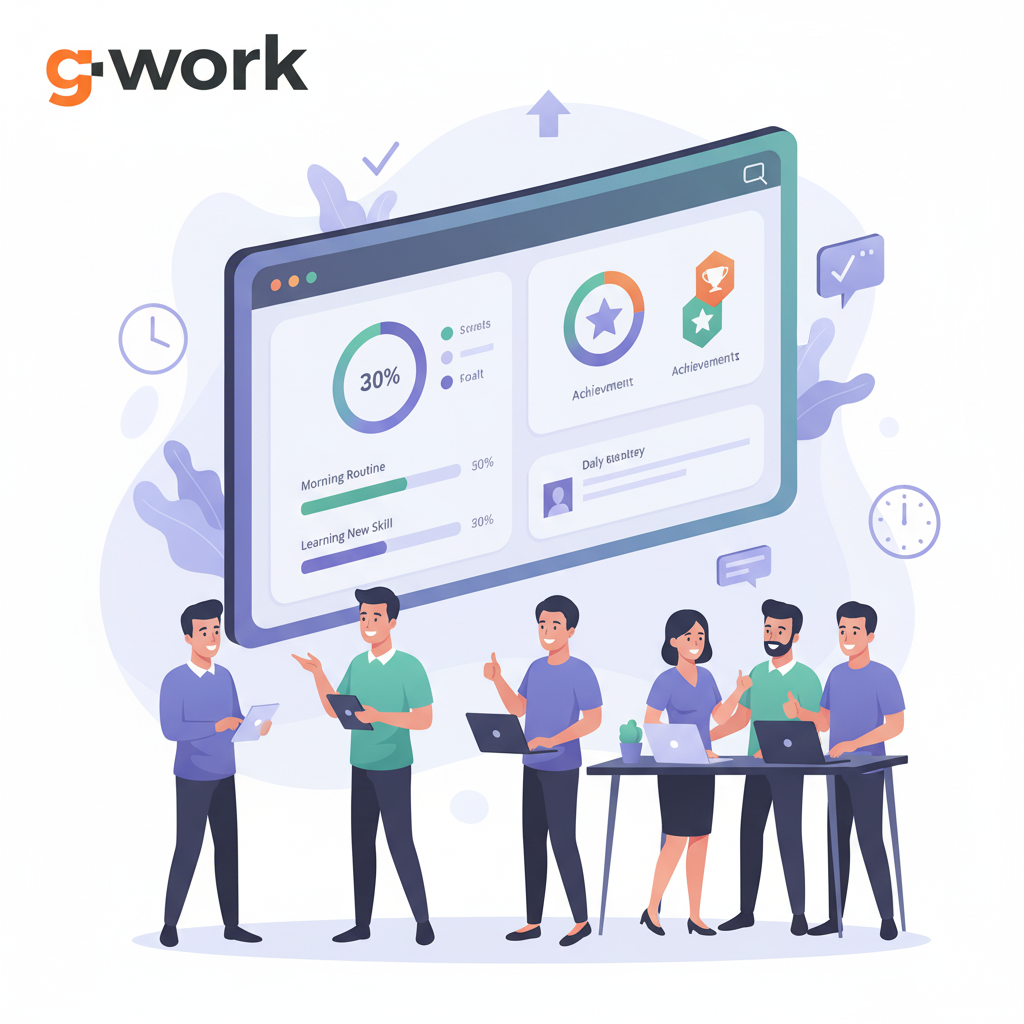
Benefits of Using GWork
- Enhances productivity by focusing on meaningful behaviors
- Supports a culture of continuous learning and improvement
- Aligns individual habits with organizational objectives
- Provides actionable insights that lead to measurable results
By combining the power of behavioral analytics with practical habit-tracking tools, GWork empowers organizations to measure, guide, and improve employee habits effectively.
[Try GWork for 360 Feedback → Get Your Free Habit Blueprint]
Real-Life Applications of Behavioral Analytics
Behavioral analytics finds wide use in industries especially in work place. The following are some practical examples:
1. Enhancing Employee Productivity
Behavioral analytics can help organizations to track how employees use their time and detect inefficient practices and apply solutions to streamline workflows.
2. Improving Training Programs
Through analysis of behavioral data, the companies would be able to determine gaps in skills, knowledge and customize the training program to meet the needs.
3. Supporting Remote Work
In the case of remote teams, behavioral analytics is used to monitor the level of engagement, teamwork habits, and performance so that remote staff members can stay engaged and productive.
4. Increasing Engagement among Employees
Evidence-based information enables managers to develop programs that will capture the attention of employees, enhancing motivation, satisfaction and retention.
5. Promoting good working habits
Organizations can strengthen habits that become part of the long-term success by monitoring such behaviors as attendance in meetings, done tasks, or often and frequency of collaboration.
Key Metrics to Monitor
Some metrics are especially useful when using behavioral analytics in terms of tracking habits:
- Task Completion Rates: Monitor the employees to ensure they complete allocated tasks on time.
- Time Management: Monitor how time is allocated across tasks and projects.
- Engagement Levels: Measure participation in meetings, training, and collaborative efforts.
- Behavioral Trends: Determine the habits that contribute to good or bad performing.
- Goal Achievement: Evaluate the achievement of short and long term targets by the employees.
With a watch on these metrics, organizations are able to make informed decisions, reward good behavior and direct employees towards sustainable success.
Challenges and Considerations
Although behavioral analytics have significant advantages, the possible challenges should be mentioned:
1. Data Privacy
The gathering of behavioral information should not violate any privacy laws or leave the employees without trust.
2. Data Interpretation
Raw data is sometimes deceptive in the absence of context. It should be analyzed based on insights that have meaning but not the superficial numbers.
3. Integration
Implementation of behavioral analytics with the current HR and productivity systems needs to be planned well.
GWork addresses these challenges by offering a secure, user-friendly platform that emphasizes transparency and actionable insights, ensuring employees remain engaged and motivated.
Future of Behavioral Analytics in the Workplace
The future of workplace productivity is based on data. Behavioral analytics will keep on changing and include AI-based predictions, more sophisticated analytics dashboards, and more insightful habit-tracking features. Platforms like GWork are already at the forefront, helping organizations:
- Foster data-informed cultures
- Drive continuous improvement through personalized insights
- Align employee behavior with strategic business goals
As organizations embrace behavioral analytics, habit tracking will become an integral part of performance management, engagement strategies, and workforce development.
Conclusion
Behavioral analytics is changing how companies think and manipulate the behavior of employees. Using behavioral data, firms will be able to monitor routines, enhance performance, and a culture of continuous improvement. Habit tracking will keep the behavior of a person on track with the goals of an organization whereas platforms such as GWork will offer things that can be done and the personalized suggestions and motivational tips will make practicing habits more productive and simpler.
Behavioural analytics and habit-tracking tools are not only the way to increase productivity but to improve employee satisfaction and engagement. Organizations should be able to transform insights into outcomes by targeting those behaviors that lead to success and develop a working environment in which positive habits flourish.
Book a Demo or Get Your Free Habit Blueprint with GWork today.
Frequently Asked Questions: Behavioral Analytics and Habit Tracking
1. What does behavioral analytics mean?
Behavioral analytics refers to the act of analyzing user or employee behavior to comprehend tendencies and trends, and behaviors. It extends beyond mere data collection and gives insights into how people engage with systems, how they accomplish tasks and how they develop habits. Behavioral analytics assist organizations to make informed decisions, optimize workflows and enhance overall productivity. Knowing the patterns of behavior enables businesses to know what practices are making them successful and what areas require enhancement.
2. What is the importance of tracking the habits at the workplace?
Habit tracking enables the employees and organizations to track the daily routines and behaviors. It makes employees more conscious about their behavior, areas of improvement to follow, and good routines may be long-term. To organizations, habit tracking offers useful information on employee working habits, which can be used by managers to counsel and encourage successful behaviors. It eventually improves interaction, promotes responsibility and spurred improved performance within teams.
3. Which are the accurate behavioral analytics instruments?
Organizations may adopt behavioral analytics with a number of tools. Common options include:
- Session replays: Review employee interactions with software or systems to spot inefficiencies.
- Heatmaps: Visualize where users spend the most time or focus attention.
- A/B testing: Compare approaches to determine which workflows or methods yield better results.
- Dashboards and reporting tools: Consolidate behavioral data to monitor performance trends.
The tools allow businesses to draw actionable information that enhances efficiency at the workplace and the habits of the employees.
4. What does GWork do to assist in habit tracking?
GWork is an app that allows effortless and efficient habit tracking. Employees are able to record tasks, track their progress, and get recommendations depending on their actions. Analytics are available to managers to help them identify trends, guide, and promote positive routines. GWork is also based on gamification and nudges to motivate employees, and the habit formation process is interesting and reliable.
5. Do employee performance metrics increase when using behavioral analytics?
Yes. Through behavioral analysis, organizations can identify areas that employees perform well, and those that require assistance. Behavioural analytics offers metrics of employee performance that are not limited by the numbers of output, but reveals how habits, routines, and interactions can be beneficial to overall productivity. Based on these insights, managers will be able to make specific improvements and coaching strategies.
6. What are the advantages of understanding the workplace?
The insights at the workplace show trends, areas where there are bottlenecks and areas that can be optimized. This information can help teams simplify the workflows, cooperate more, and meet the goals effectively. Behavioral insights can also be used to develop a data-driven culture where decisions are made based on actual behavior as opposed to assumptions.
7. Can GWork be used in small and large organizations?
Absolutely. GWork is open and scalable to the needs of all businesses. GWork assists in monitoring habits, increasing productivity, and engaging employees, regardless of the size of a small team or large enterprise, and offers actionable insights that would benefit the organization.
